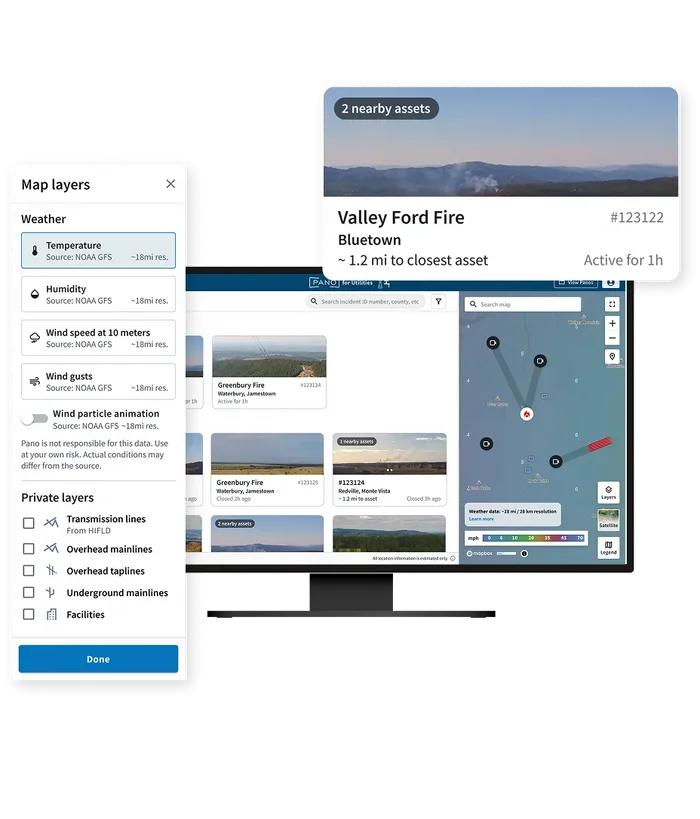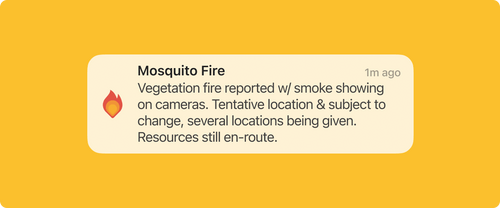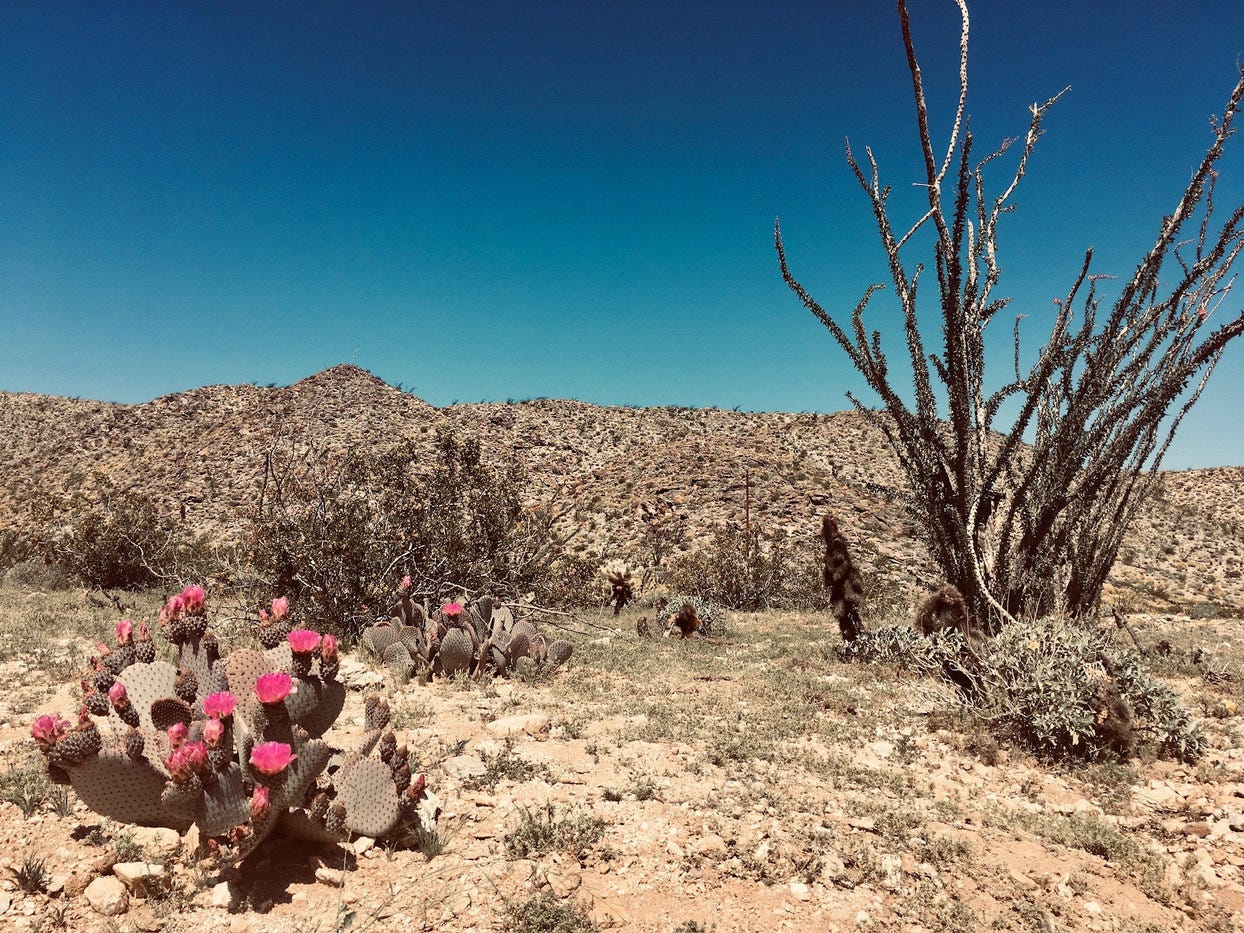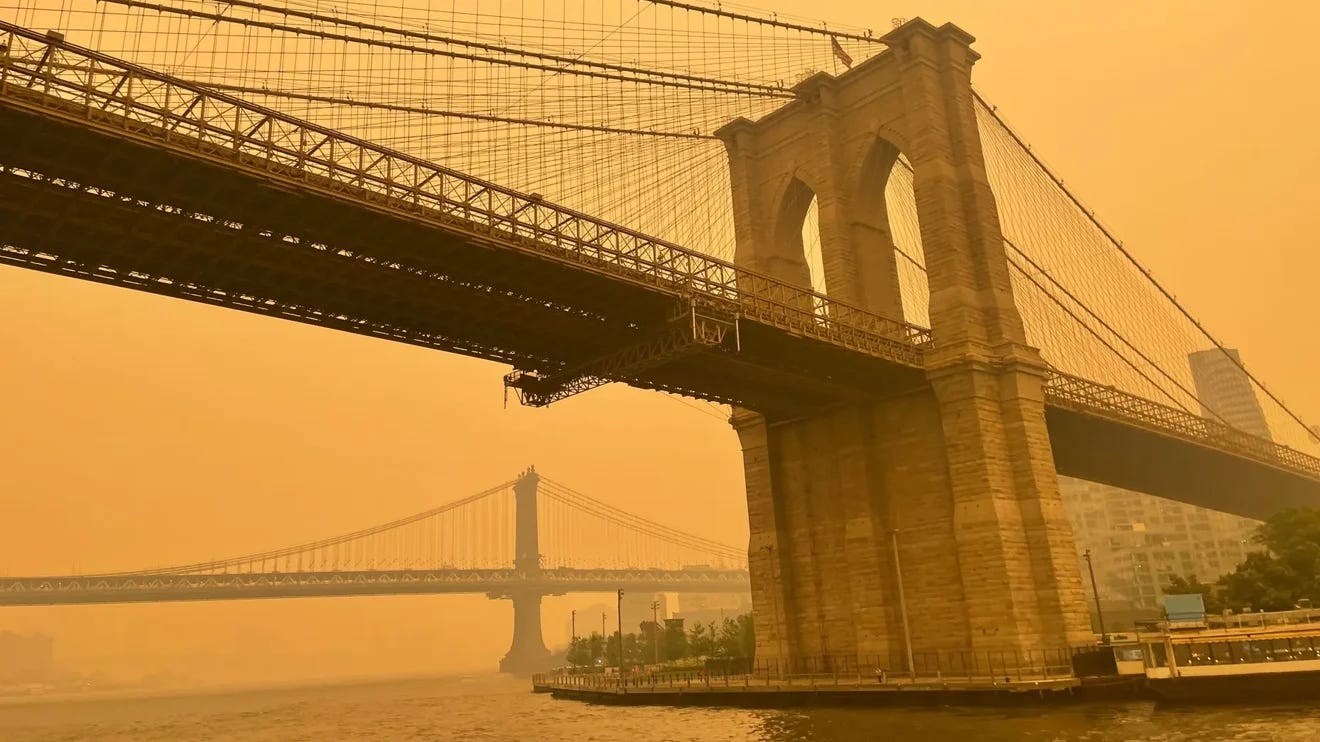September Issue #2
When Fire Meets Trail
As wildfires grow in size and frequency, they're reshaping the way we experience the outdoors. Trails and campgrounds are closing, smoke is altering where and when we recreate, and entire landscapes are being transformed. The outdoor community is adapting through smarter planning, stronger policies, and innovative tools that help us stay safe and informed while recreating responsibly.
This issue explores how climate-driven wildfires are impacting recreation today, and the creative ways people, companies, and organizations are responding.
How Climate Shapes the Flames
As wildfire seasons get longer and more intense, so does their reach. Over the last 40 years, thunderstorms and other lightning events have become more frequent. A recent study using machine learning sheds light on the changing relationship between lightning and wildfires, warning that climate-driven increases in lightning and dry thunderstorms could spark more large, remote fires—straining emergency response systems. As summers get hotter and drier, opportunities for outdoor recreation will face growing restrictions and safety concerns, especially in forested and mountainous areas.
The outdoor recreation community is deeply affected by wildfires and their risks. They regularly close National Forests, Parks, and other public lands, destroying trails and outdoor recreation infrastructure. While trail users and residents face the most immediate risks, air quality and smoke are additional dangers that affect a larger population.
For example, in June 2023, more than 75 million people in the eastern US were under air quality alerts due to the smoke from the wildfires in Quebec. In NYC, air pollution ranked the worst of any city in the world on June 7th, as orange haze covered the city. NYC residents were encouraged to stay indoors as AQI levels reached 342.
Impacts on Recreation
Trail & Park Closures: From Yosemite to the Grand Canyon, fires are forcing sudden shutdowns of trail networks, campgrounds, and visitor infrastructure. Plans that once felt certain now require flexibility and backup routes to adjust to sudden closures and shifting conditions.
Lingering Damage: Even after flames are contained, burn scars can cause erosion, flash flooding, and unstable trails, delaying access for months or years.
Smoke & Air Quality: Entire regions can be blanketed in smoke, making hiking, climbing, and biking unsafe for both lungs and visibility.
Changing Seasons: Fire danger has shifted the calendar of outdoor play—pushing hikers, climbers, and backpackers into spring and early summer, and reducing late-season opportunities.
Community Impact: Tourism-dependent towns see trips canceled and businesses strained, while restoration groups take on the heavy lift of rebuilding trails and facilities.
Finding Resilience Outdoors
As fire seasons grow longer and more intense, the outdoor community is finding creative ways to adapt. Recreationists are keeping itineraries flexible, checking wildfire and smoke maps before heading out, and supporting trail stewardship groups working on recovery. Nonprofits like the National Forest Foundation and American Trails are restoring fire-damaged landscapes, while advocacy groups like Outdoor Alliance push for policies that strengthen wildfire resilience. At the same time, technology and community education are stepping up, from real-time detection tools to wilderness walks. Together, these efforts remind us that while wildfires may change the way we play outside, they don’t erase our ability to protect, adapt, and rebuild.


Tech & Community Shaping Wildfire Awareness
Watch Duty is a free app operated by active and retired firefighters, dispatchers, and first responders who collaborate and disseminate public safety information.
Pano AI is a wildfire detection system that produces real-time pictures of threats in a geographic region and delivers immediate, actionable intelligence.




